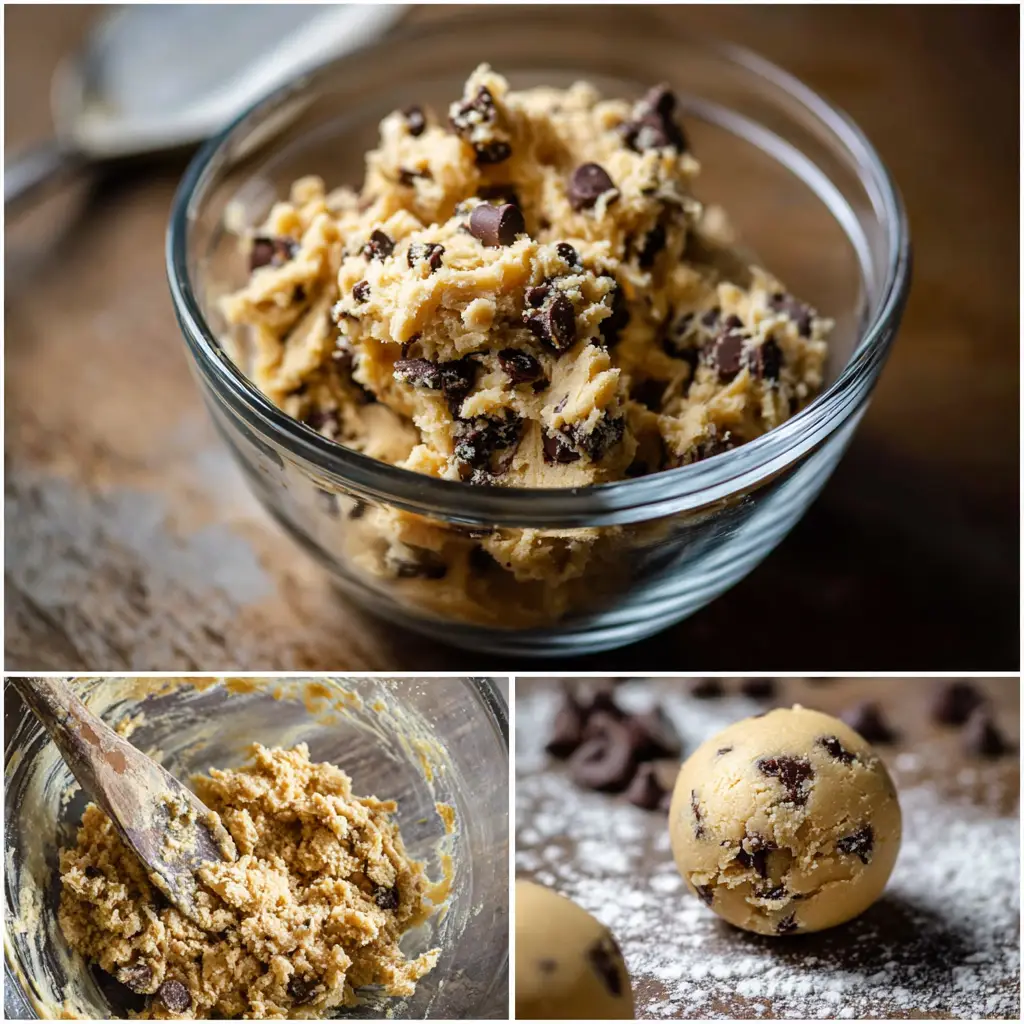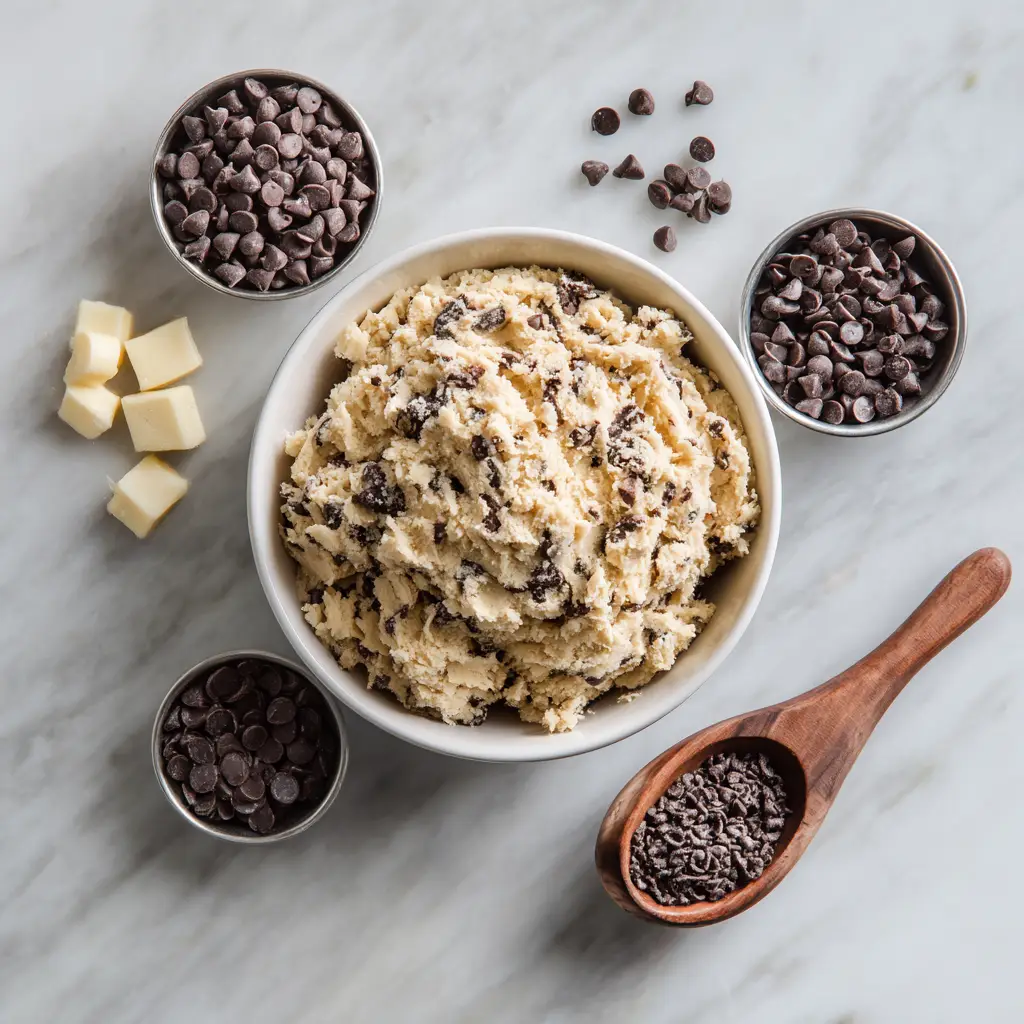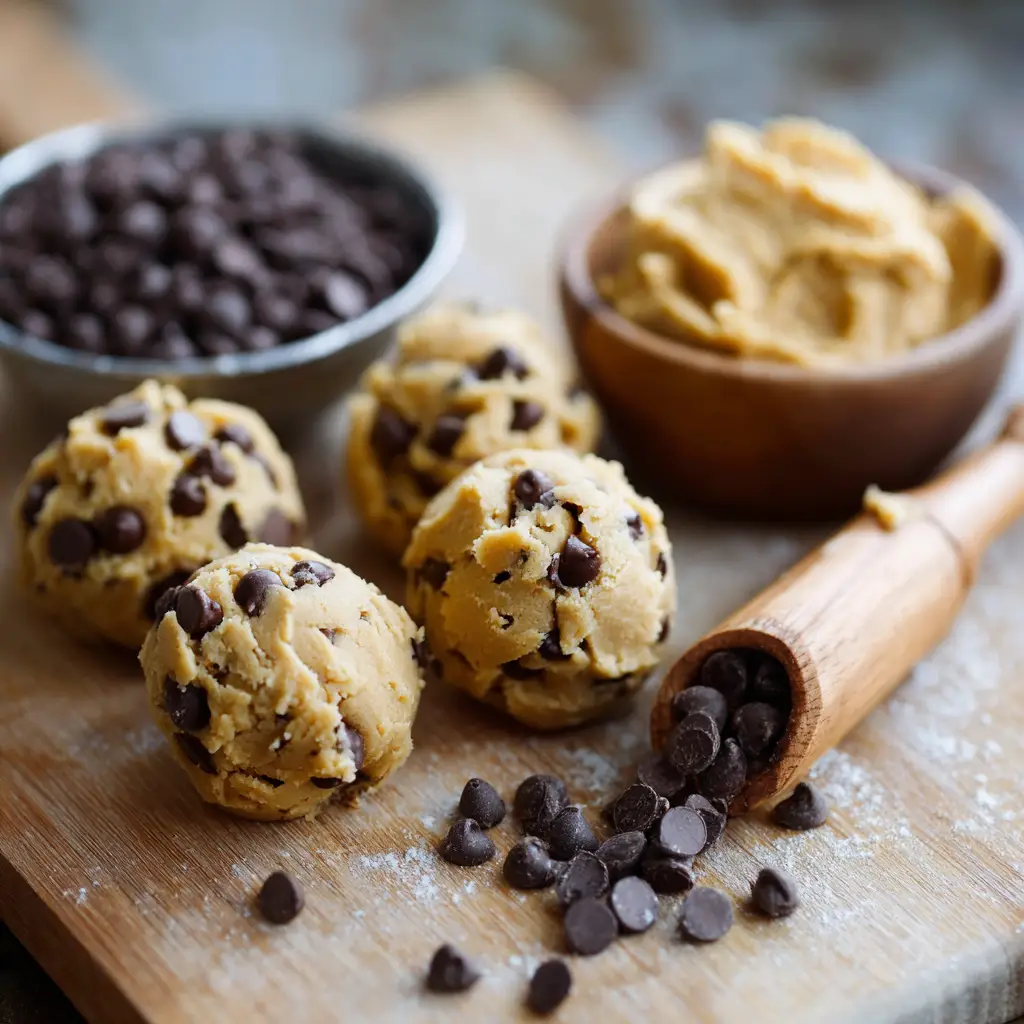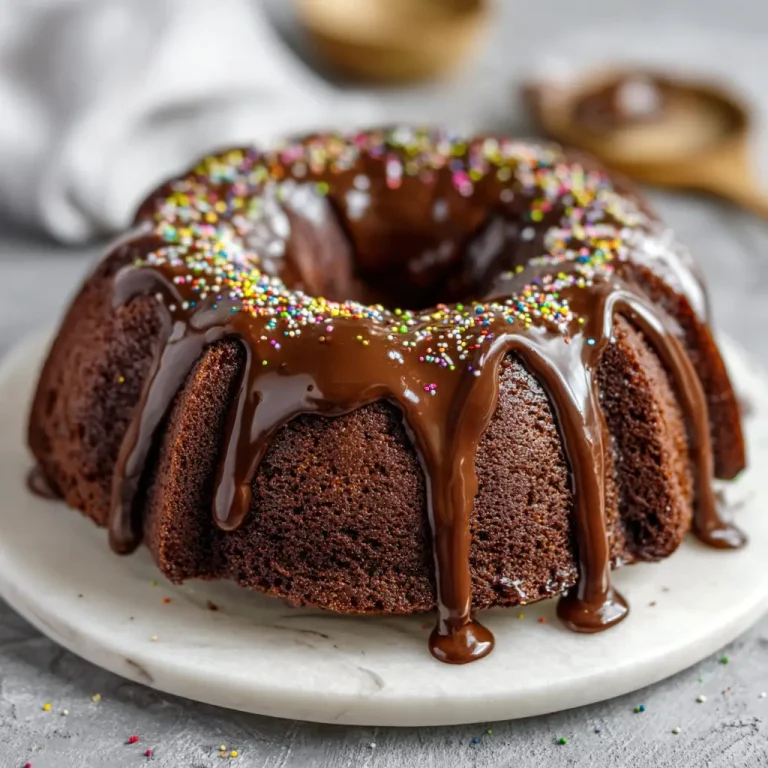Cookie Dough Recipe: Easy, Delicious, and Homemade Guide
Introduction

Ingredients Needed
Here is a detailed list of ingredients required to make classic cookie dough along with their approximate calorie count per serving:
| Ingredient | Quantity | Calories (per serving) |
|---|---|---|
| Unsalted butter | 1 cup (227 g) | 1628 |
| Granulated sugar | 1/2 cup (100 g) | 387 |
| Brown sugar | 1 cup (200 g) | 774 |
| Vanilla extract | 2 tsp | 24 |
| Eggs | 2 large | 156 |
| All-purpose flour | 2 1/4 cups (280 g) | 1020 |
| Baking soda | 1 tsp | 0 |
| Salt | 1/2 tsp | 0 |
| Chocolate chips | 2 cups (350 g) | 1680 |
These ingredients combine to create the perfect balance of sweetness, texture, and flavor. Using high-quality butter and fresh vanilla extract enhances the taste significantly. Choosing the right chocolate chips can elevate the cookie dough experience, whether you prefer semi-sweet, dark, or milk chocolate. Adjusting sugar or butter slightly can also change the texture of the final dough, making it firmer for rolling or softer for eating raw.
Step by Step Cooking Instructions
- Preheat and Prepare: Start by preheating the oven to 350 degrees Fahrenheit if planning to bake the cookies. Line a baking tray with parchment paper or a silicone mat to prevent sticking.
- Cream Butter and Sugars: In a large mixing bowl, combine unsalted butter, granulated sugar, and brown sugar. Use a hand mixer or stand mixer on medium speed. Beat until the mixture becomes light, fluffy, and creamy. This step is crucial as it introduces air, ensuring softer cookies or smoother dough texture.
- Add Eggs and Vanilla: Crack in the eggs one at a time, beating well after each addition. Pour in the vanilla extract. Continue mixing until fully incorporated.
- Combine Dry Ingredients: In a separate bowl, whisk together all-purpose flour, baking soda, and salt. Ensure even distribution to prevent clumps and achieve uniform texture.
- Mix Wet and Dry Ingredients: Gradually add the flour mixture into the butter-sugar mixture. Stir on low speed or fold gently with a spatula to avoid overmixing. Overmixing can create tough cookie dough instead of tender, soft dough.
- Fold in Chocolate Chips: Add chocolate chips and fold them in evenly. You can add nuts or other mix-ins at this stage if desired.
- Chill Dough: Cover the dough and refrigerate for at least 30 minutes. Chilling firms the dough, making it easier to handle and enhancing flavor.
- Optional Baking: If baking, scoop the dough onto the prepared tray, leaving space between cookies. Bake for 10 to 12 minutes or until edges are golden but centers remain soft.

Tips for Customizing the Recipe
Adding personal touches can elevate cookie dough from ordinary to extraordinary. Substituting chocolate chips with peanut butter chips, butterscotch chips, or white chocolate creates new flavor profiles. Including chopped nuts such as walnuts, pecans, or almonds adds crunch. For a healthier version, swap all-purpose flour with whole wheat or oat flour, and reduce sugar slightly. Vegan versions can be achieved by using plant-based butter and flax eggs. Flavor extracts like almond, coconut, or maple can introduce unique notes. A pinch of cinnamon or espresso powder enhances depth and aroma. Portioning dough into smaller balls allows quicker baking and ensures consistent cookie sizes. Freezing dough in advance also provides convenience for future baking sessions.

Nutritional Information
A standard serving of homemade cookie dough (approximately 2 tablespoons) contains:
These values vary based on ingredients and portion sizes. Chocolate chips, nuts, and alternative flours can slightly alter calorie and nutrient content. Eating raw cookie dough in moderation is recommended due to egg content and high sugar levels. Substituting raw eggs with pasteurized eggs or egg-free alternatives ensures safer consumption.
Serving Suggestions
Cookie dough can be enjoyed in many ways beyond simple snacking. Scoop and serve with ice cream for a decadent dessert. Layer in parfaits or trifle for a textured treat. Spread over cupcakes, brownies, or cakes for a creamy, indulgent topping. Incorporate into milkshakes for a rich, chocolatey flavor. Mini cookie dough bites can be served as party snacks. Wrapping small portions in parchment paper and freezing allows ready-to-eat desserts at any time. Drizzling warm caramel or chocolate over cookie dough enhances presentation and taste. A sprinkle of sea salt adds contrast to sweetness. Presentation matters just as much as flavor for creating a memorable dessert experience.
Cookie Dough Recipe: Easy, Delicious, and Homemade Guide
Course: Blog12-15
servings15
minutes10
minutes200
kcalIngredients
1 cup (227 g) unsalted butter, softened
1/2 cup (100 g) granulated sugar
1 cup (200 g) brown sugar
2 tsp vanilla extract
2 large eggs
2 1/4 cups (280 g) all-purpose flour
1 tsp baking soda
Directions
- Preheat Oven (Optional): Preheat to 350°F (175°C) if baking cookies. Line a baking tray with parchment paper.
- Cream Butter and Sugars: In a large bowl, beat butter, granulated sugar, and brown sugar until light and fluffy.
- Add Eggs and Vanilla: Mix in eggs one at a time, then add vanilla extract. Beat until fully combined.
- Combine Dry Ingredients: In another bowl, whisk together flour, baking soda, and salt.
- Mix Wet and Dry Ingredients: Gradually add dry mixture to wet mixture, mixing until just combined. Avoid overmixing.
Recipe Video
Notes
- Cookie dough can be eaten raw if using pasteurized eggs or egg-free alternatives.
Dough can be stored in the refrigerator for 3-5 days or frozen for up to 3 months.
Customize by adding nuts, different chocolate types, or flavor extracts like almond or maple.
Frequently Asked Questions
Can cookie dough be eaten raw?
Yes, but only if using pasteurized eggs or egg-free alternatives. Raw flour can be heat-treated to reduce risk of bacteria.
How long does cookie dough last in the refrigerator?
It stays fresh for 3 to 5 days when stored in an airtight container.
Can I freeze cookie dough?
Absolutely. Freeze portions in parchment paper or airtight containers for up to 3 months.
What is the best way to soften cold cookie dough?
Let dough sit at room temperature for 10 to 15 minutes before shaping or baking.
Can I make cookie dough gluten-free?
Yes, substitute all-purpose flour with gluten-free flour blends. Adjust liquid slightly if needed.
Conclusion
Homemade cookie dough is more than just a treat. It represents comfort, creativity, and joy in the kitchen. Making cookie dough from scratch ensures control over quality and allows endless customization.







